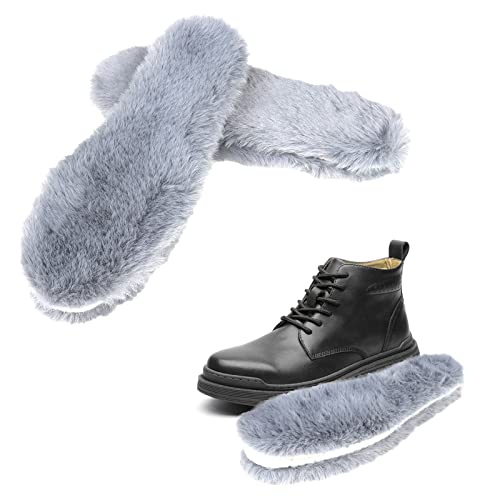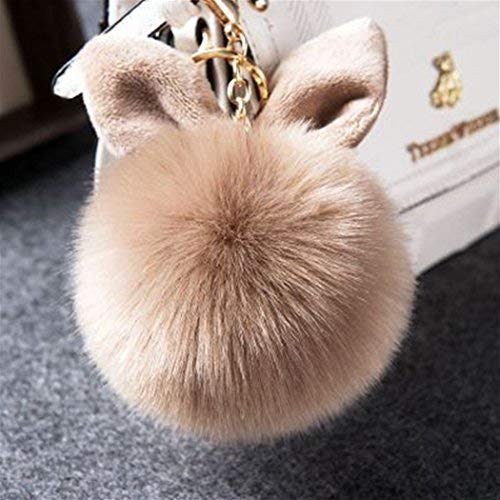My doe Silkie who is one yrs. old had had eleven kits on Christmas day. She failed on her first litter her had ten kits all on the cage floor. This time she insisted on building her nest outside the nest box. I check there tummies and there not as full as they should be. I'm not sure if I should cull any out or not ?
That's a pretty big litter, and how they'll do depends on how big your doe is and how well she provides for the kits. Some does can raise 14-15, others struggle to raise more than eight.
@tambayo's comment about feeding the doe well is good advice. I'd up her ration by at least half again, and also give her about 1 Tbl BOSS (black oil sunflower seeds) each day, which provides extra fat for her body to make milk. Make doubly sure she has unlimited clean water, as well. Keep an eye on the body condition of the doe.
I'd definitely move the bunnies into a nest box. Once their bunnies are born, no matter where they nested, does will usually feed them wherever they are moved.
If the bunnies are fed, even if they're not as full as you'd like, I'd give it time. Some bunnies, especially those in smaller litters, look like feeder pigs, but that's not necessary for kits to be healthy.
However, if you see any of them becoming truly skinny and weak, you might consider culling the smallest one or two. It has been my observation that if there is not enough milk for a litter, only a few kits thrive, while most of the litter struggles and many are lost or never thrive. In that case, I sacrifice one or two rather than lose most of the litter.
































